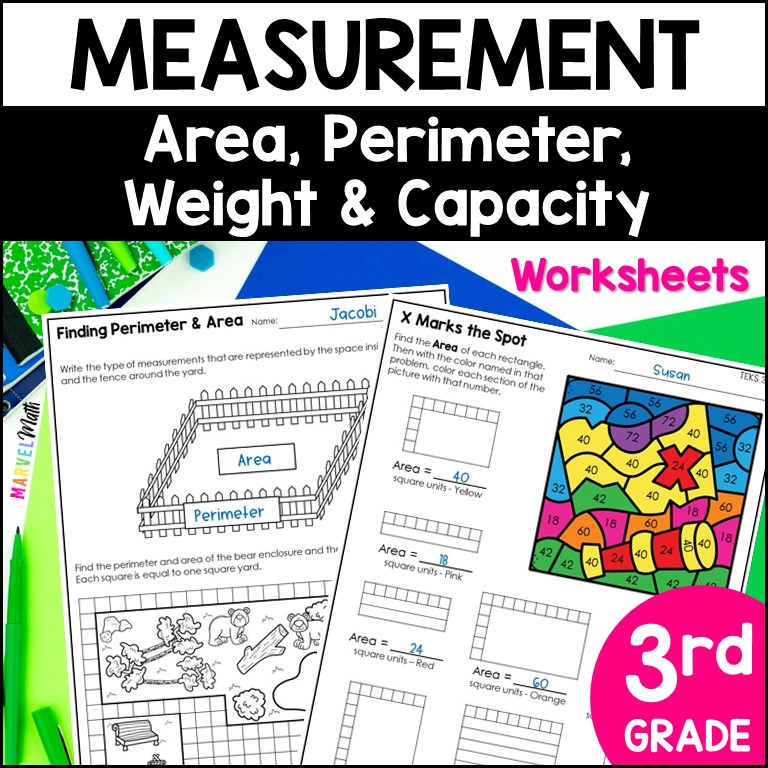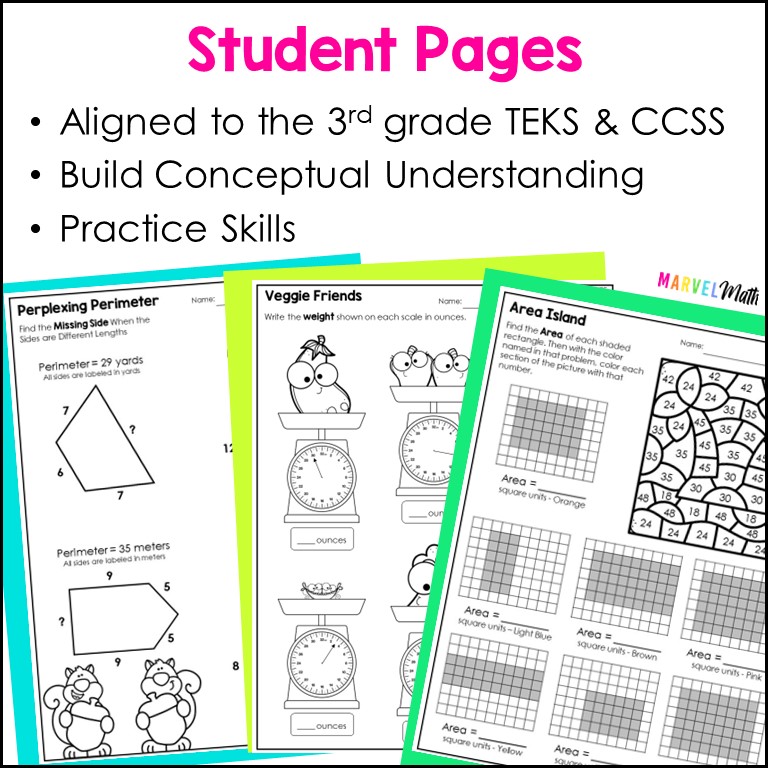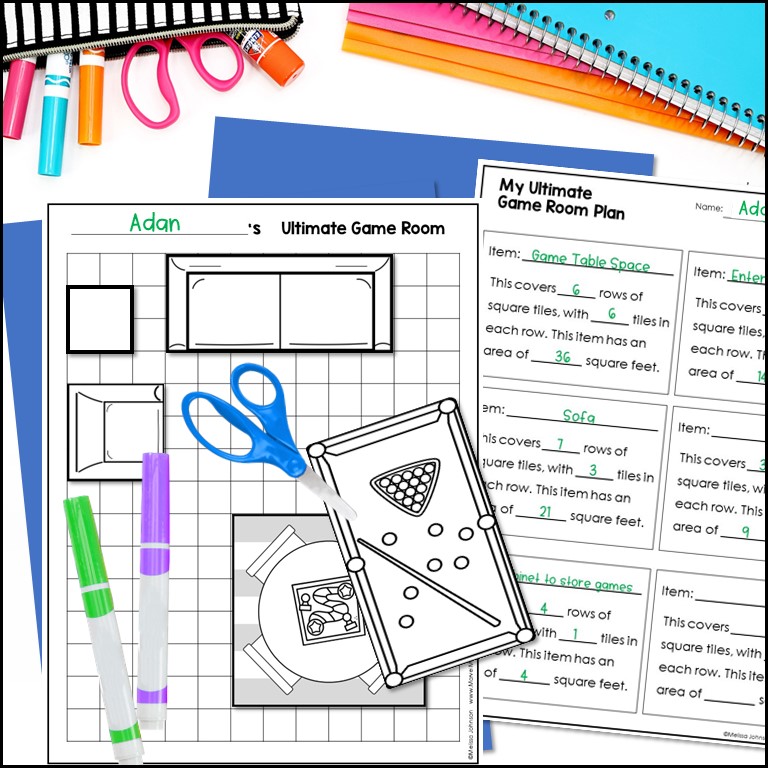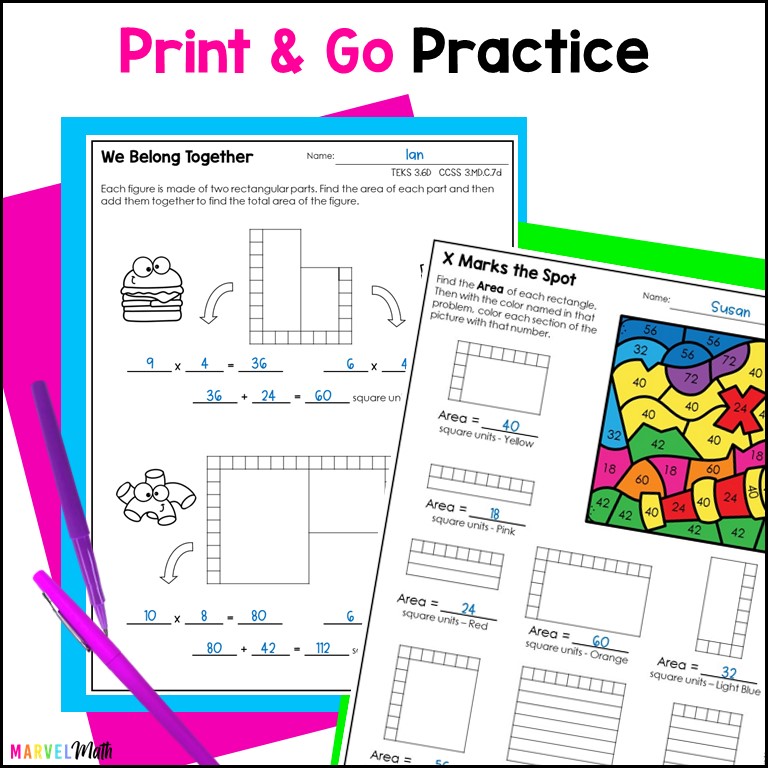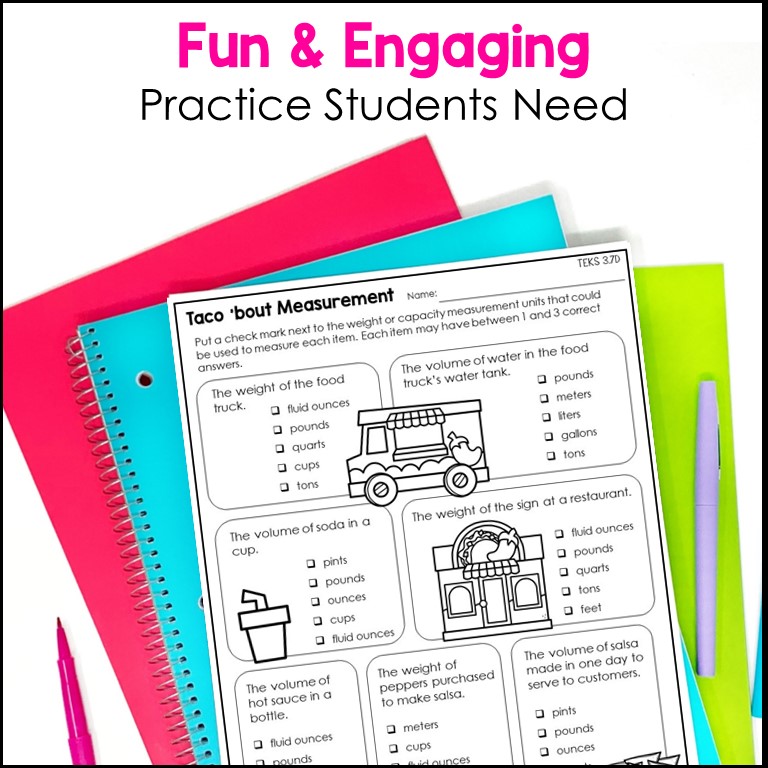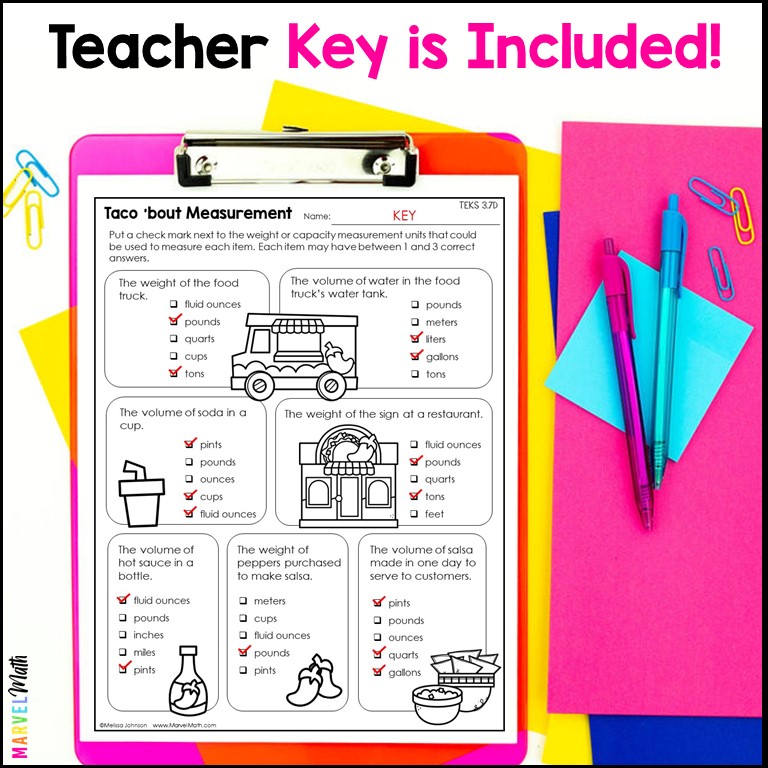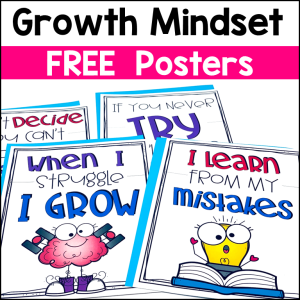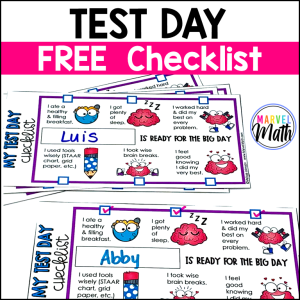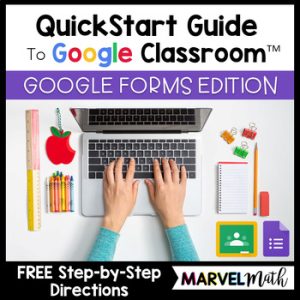Description
No Prep Area and Perimeter Worksheets plus Capacity and Weight worksheets? Yes, please! Give your students the fun and engaging measurement practice they need with fun worksheets and a hands-on Area Project. The worksheets give your students a huge variety of area and perimeter practice, including area of combined rectangles and find the missing side perimeter problems. Students will also practice measuring and selecting between units for capacity and weight.
What’s Included:
- 21 one-page worksheets
- Hands-On Area Activity: My Ultimate Game Room (4 student pages)
- Complete Teacher Key
Great ways to use these 3rd Grade Measurement Worksheets:
- Seatwork
- Math Stations
- Tutoring
- Review
- Small Group Reteach
3rd Grade Measurement Topics include:
- Perimeter
- Using a Ruler to Find Perimeter
- Find the Missing Side Perimeter Problems
- Area
- Area of Composite Shapes (Area of Combined Rectangles)
- Measuring Capacity
- Measuring Weight
- Choosing between units of Capacity and Weight
Standards Alignment:
TEKS
3.6C: Determine the area of rectangles with whole-number side lengths in problems using multiplication related to the number of rows times the number of unit squares in each row.
3.6D: Decompose composite figures formed by rectangles into non‐overlapping rectangles to determine the area of the original figure using the additive property of area.
3.7B: Determine the perimeter of a polygon or a missing length when given perimeter and remaining side lengths in problems.
3.7D: Determine when it is appropriate to use measurements of liquid volume (capacity) or weight.
3.7E: Determine liquid volume (capacity) or weight using appropriate units and tools.
Common Core
3.MD.A.2: Measure and estimate liquid volumes and masses of objects using standard units of grams (g), kilograms (kg), and liters (l). Add, subtract, multiply, or divide to solve one-step word problems involving masses or volumes that are given in the same units, e.g., by using drawings (such as a beaker with a measurement scale) to represent the problem.
3.MD.C.5: Recognize area as an attribute of plane figures and understand concepts of area measurement.
a. A square with side length 1 unit, called “a unit square,” is said to have “one square unit” of area, and can be used to measure area.
b. A plane figure which can be covered without gaps or overlaps by n unit squares is said to have an area of n square units.
3.MD.C.6: Measure areas by counting unit squares (square cm, square m, square in, square ft, and improvised units).
3.MD.C.7: Relate area to the operations of multiplication and addition.
a. Find the area of a rectangle with whole-number side lengths by tiling it, and show that the area is the same as would be found by multiplying the side lengths.
b. Multiply side lengths to find areas of rectangles with whole-number side lengths in the context of solving real-world and mathematical problems, and represent whole-number
products as rectangular areas in mathematical reasoning.
d. Recognize area as additive. Find areas of rectilinear figures by decomposing them into non-overlapping rectangles and adding the areas of the non-overlapping parts, applying
this technique to solve real-world problems.
3.MD.D.8: Solve real-world and mathematical problems involving perimeters of polygons, including finding the perimeter given the side lengths, finding an unknown side length, and exhibiting rectangles with the same perimeter and different area or with the same area and different perimeter.

